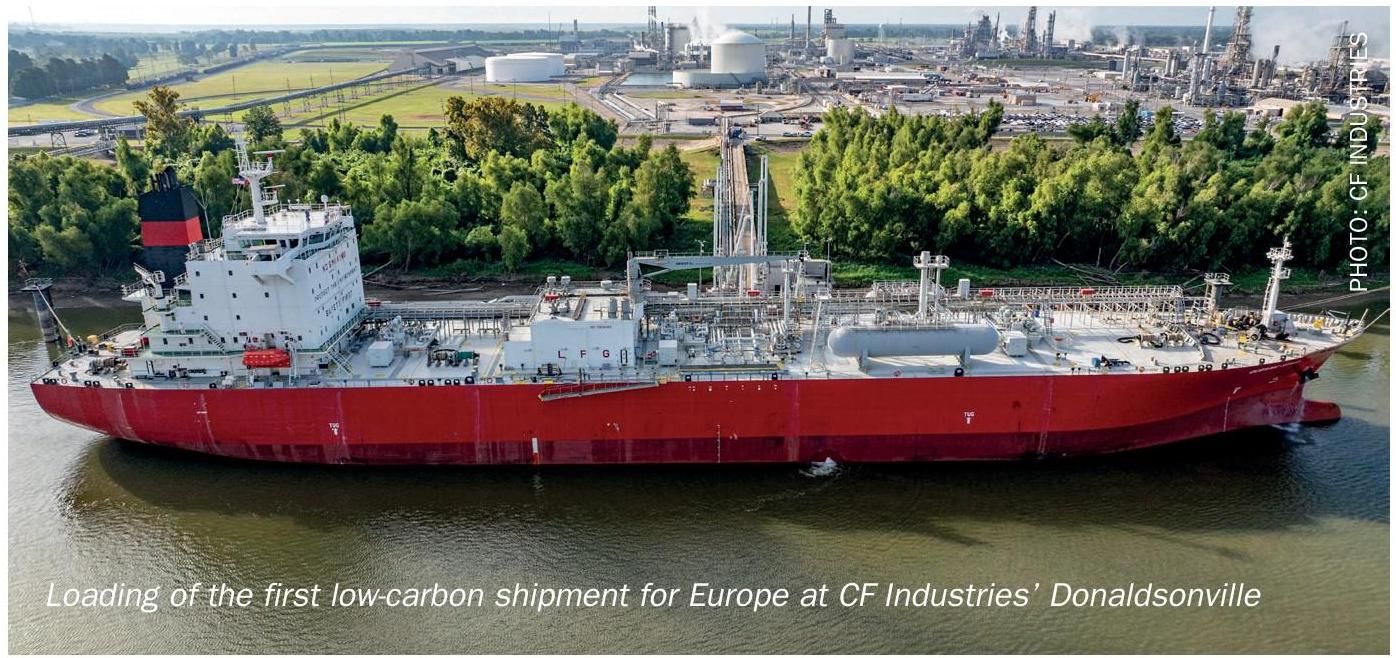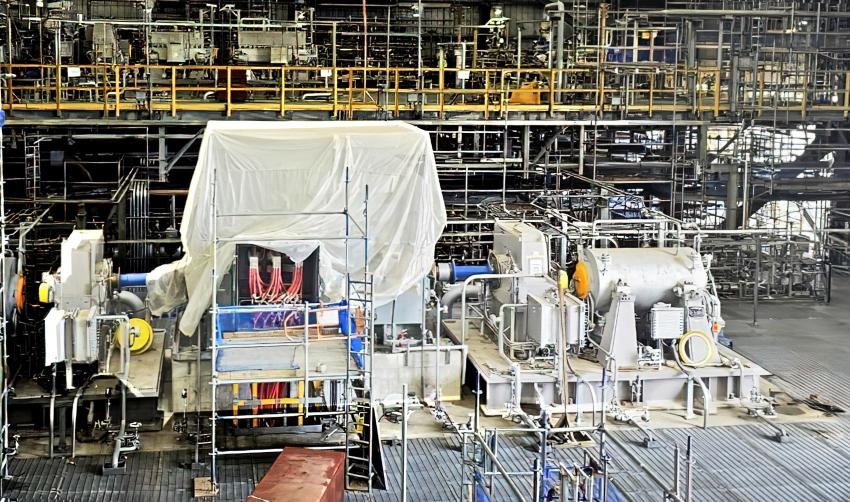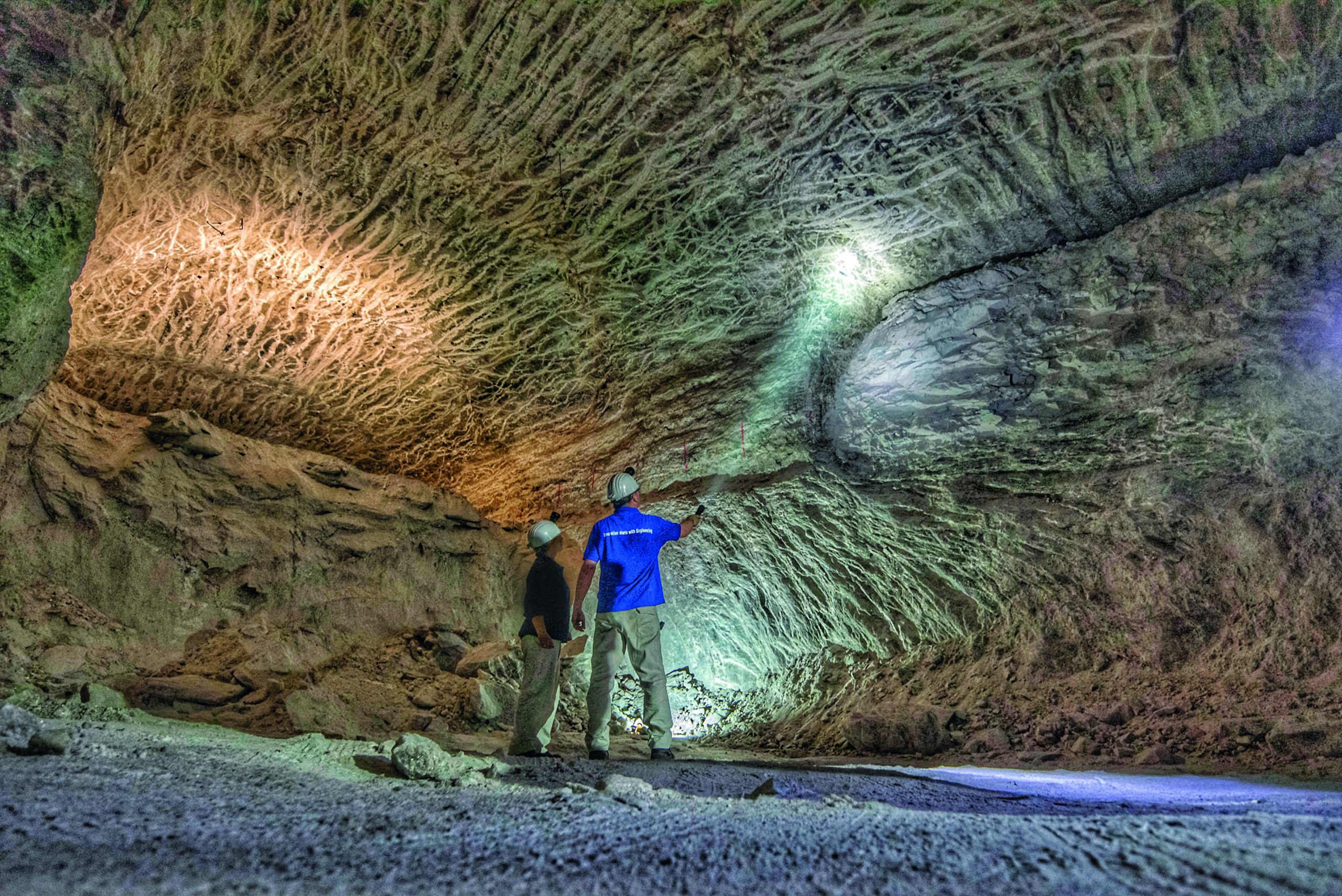Nitrogen+Syngas 395 May-Jun 2025

3 May 2025
Achema to suspend ammonia production

Achema says that it plans to “temporarily” suspend ammonia production at its site at Jonava from May 15th, due to the volatility of natural gas prices and competition from cheaper foreign imports. It currently plans to resume production in 3Q 2025. The facility has been operating at reduced capacity since 2021, and Lithuanian lawmakers have discussed converting the site to explosive grade ammonium nitrate production as part of a European rearmament programme.
In a press statement, Achema CEO Audronė Kuskytė said: “Third-country producers competing with European producers have a significant advantage – access to cheap natural gas resources, do not have to comply with strict environmental requirements and pay for emission permits. Imports have increased several times, because the European market is currently attractive to both African and Russian producers, who manage to earn large profits here. For European producers, working according to the European TTF gas price index and paying additionally for CO2 emissions, production costs are significantly higher. We see that one after another, large European producers are reducing their ammonia production capacities, replacing them with imported products.”






